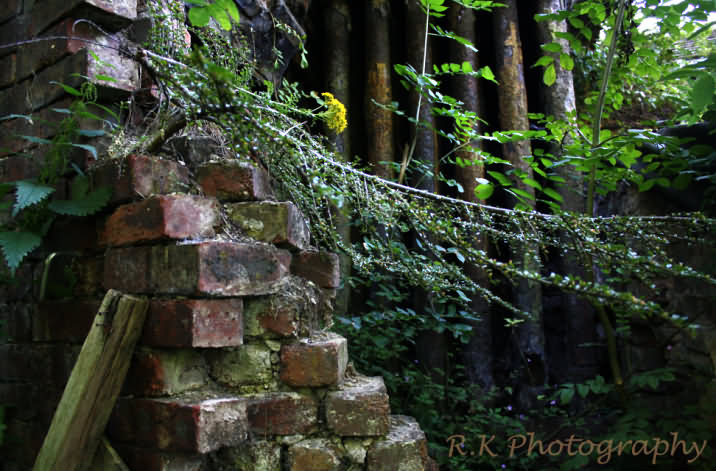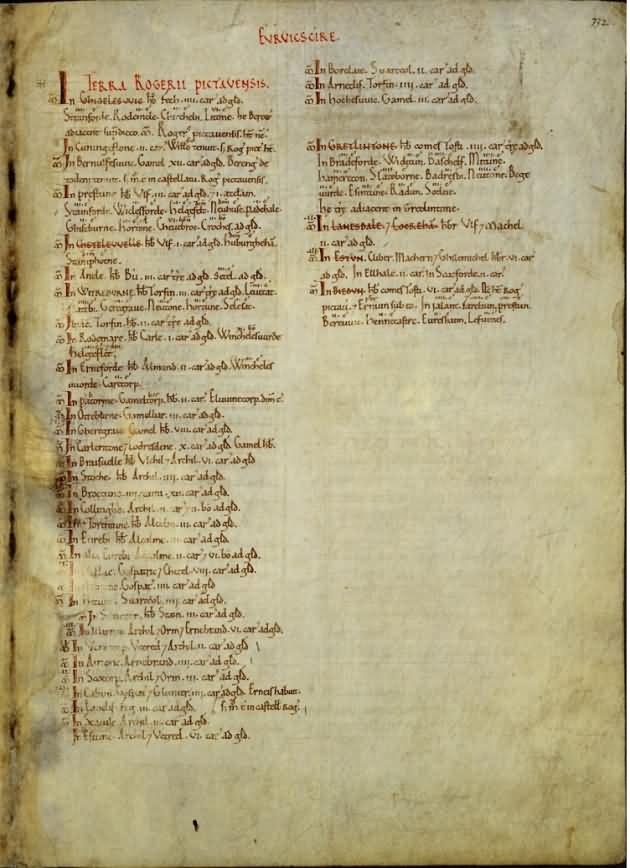Waterwheel Power in the Pennines – from an article by Alan McEwen in Old Glory Magazine, September 2011
In "Old Glory" Magazine, September 2011, Alan McEwen wrote the following
In the pre-industrial Pennine region of Northern England after human powered machines such as the treadmill or machines operated by horses or oxen, waterwheels were the first "prime movers" as major sources of power.
During Britain's industrial revolution, until the pioneering steam engines became more reliable and powerful, it was the waterwheel that provided power for many diverse industries.
Dale End – a small water-powered textile mill at Lothersdale
Dale End is a wonderfully preserved example of a small water-powered textile mill comprising a stone multi-block building, a small rake of attractive, saw-edge, flagstone roofed weaving sheds and a 90ft high square section mill chimney built of gritstone rubble, together with an attractive mill dam and a long goit.
Grouped ribbon-like across the mill yard there is a row of quaint and most attractive stone-roofed, gritstone weavers' cottages.
Lothersdale mill first used for grinding corn
In times past, Dale End Mill, then a corn mill serving the dale, harnessed the peaty waters of the Lothersdale beck for the grinding of corn by waterwheel.
Dale End Mill Lothersdale converted to spinning cotton
However, during the late 18th century the building was converted into a cotton spinning mill by Thomas Parker of Appletreewick. In 1822 John Wilson, a Scots' born draper, married Parker's daughter and shortly after joined the business.

